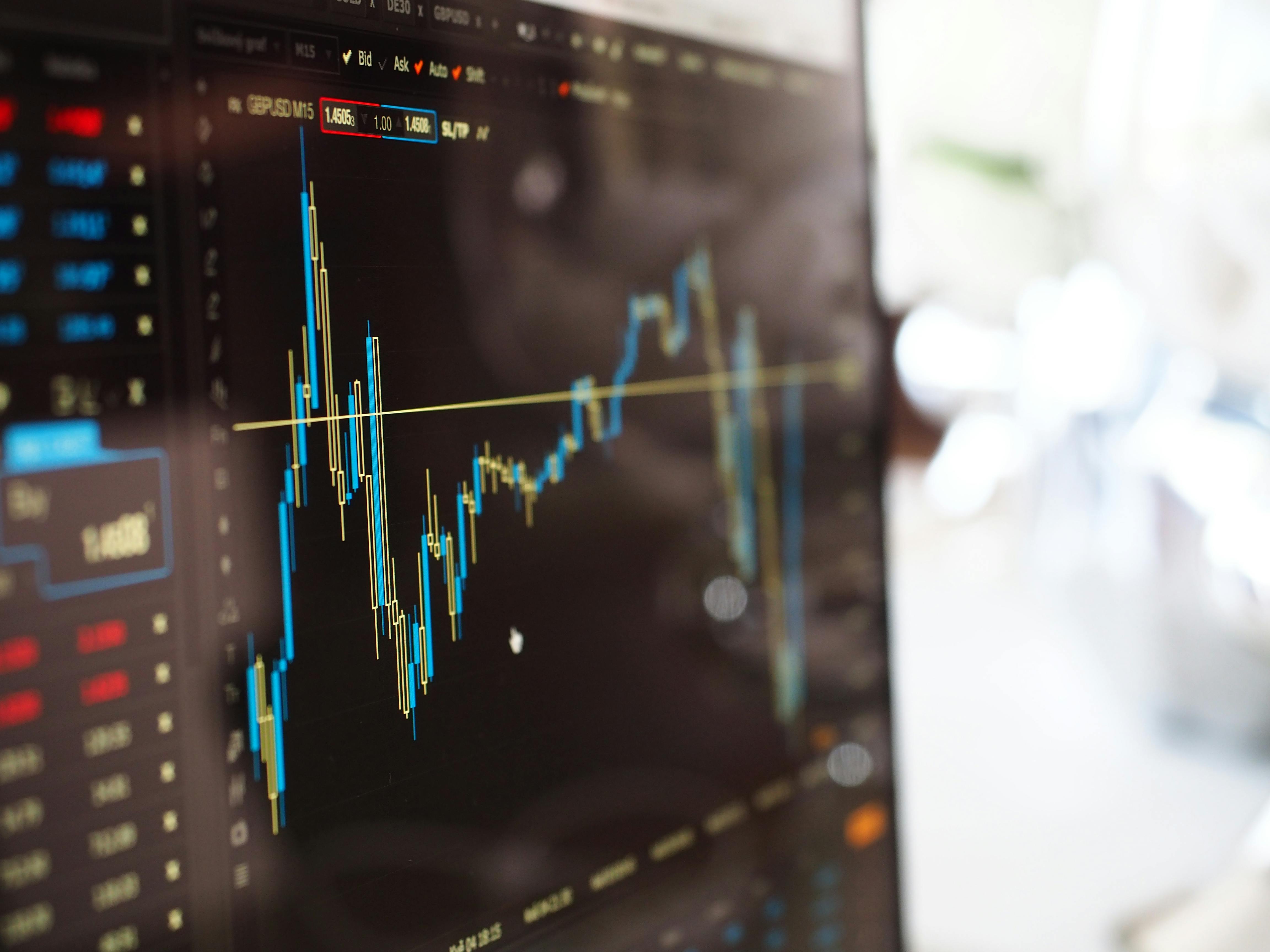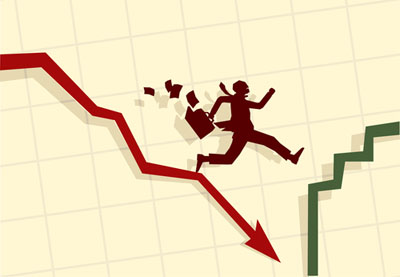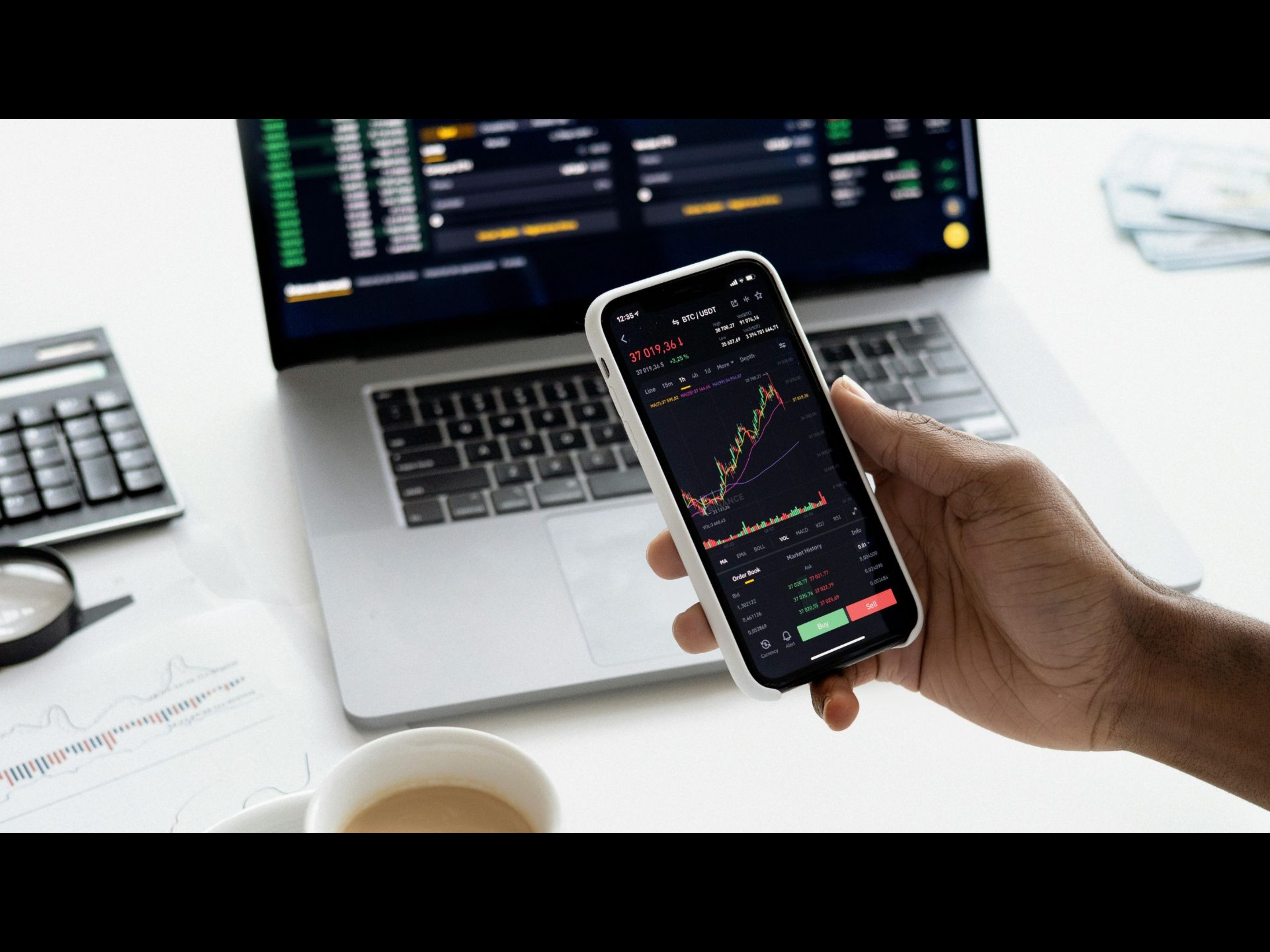The stock market remains one of the most watched barometers of economic health. In 2025, with ongoing trade-policy uncertainties and shifting global dynamics, investors and everyday consumers alike are feeling the ripple effects of market moves. In this post, we’ll explore what’s happening in today’s markets, compare the current climate to some of history’s most pivotal moments, and examine how these trends affect our daily lives.
Today's Market Landscape
Recent headlines have highlighted that stocks worldwide have been under pressure. For instance, a Reuters report noted that major indexes, including the Nasdaq, have plunged fuelled by recession fears and concerns over President Trump’s tariff rhetoric. Bond yields are also falling as investors flock to safer assets, marking one of the worst one-day percentage losses since late 2022 .
At the same time, prominent institutions like Citigroup forecast that despite these short-term jitters the global rally may extend into 2025 with an anticipated 10% growth in earnings per share reuters.com. Current ETF data, such as the SPDR S&P 500 ETF (SPY) trading around $560.58 and similar figures for Europe, Japan, and emerging markets funds, provide snapshots of how investors are weighing these conditions.

A Look Back: Historical Comparisons
History shows us that markets go through cycles. Consider these key events:
-
The 1929 Crash: The market’s infamous plunge in late 1929 wiped out nearly 90% of its value over a few years, triggering the Great Depression. The crash not only decimated investor wealth but also led to a prolonged downturn in consumer spending and economic output
federalreservehistory.org
-
The Dot-Com Bubble (2000–2002): During this era, investor exuberance around technology stocks led to astronomical gains and painful losses when the bubble burst. Despite the wild swings, history teaches that recovery eventually follows, with survivors like Amazon and Google emerging stronger.
-
The 2008 Global Financial Crisis: Once again, markets experienced severe dislocations that affected global trade, credit availability, and everyday consumer confidence.
While today’s environment is different in scale and context, the underlying drivers investor sentiment, macroeconomic policy, and unexpected shocks remain similar. This continuity underscores the value of understanding past cycles as a guide to current trends.
How Stock Markets Affect Daily Life
Stock market movements are more than just numbers on a screen they have tangible effects on everyday life:
-
Wealth Effect: When stock prices rise, individuals with investments feel wealthier, which can boost consumer spending. Conversely, when markets decline, people tend to cut back on spending, impacting everything from retail sales to service industries
investopedia.com
-
Job Creation and Business Investment: Stock performance influences companies’ abilities to raise capital. A healthy market means more funds for expansion and innovation, which in turn can lead to job creation and better wages.
-
Retirement Savings: For millions, the stock market is a crucial part of retirement portfolios. Volatile markets can affect retirement plans, prompting individuals to reconsider their risk tolerance or reallocate assets.

The Role of Policy and Global Events
Government policy and international trade issues continue to shape the market. President Trump’s recent tariff announcements and trade war threats have injected uncertainty into global markets, affecting investor sentiment and economic forecasts. Although some experts argue that these measures are mere negotiation tactics, they nevertheless trigger short-term volatility en.wikipedia.org
In addition, central banks are closely watching inflation and interest rates. With Citi expecting a gradual easing of inflation and low rates to help corporate earnings, investors are cautiously optimistic about a longer-term rally reuters.com

What to Do in Times of Market Instability
When markets are volatile and uncertainty prevails, it's important not to let short-term swings derail your long-term financial goals. Here are some key strategies to consider:
-
Stay Disciplined and Avoid Emotional Decisions: Market instability often tempts investors to sell in a panic. Instead, stick to your long-term investment strategy and avoid knee-jerk reactions. Historical evidence shows that downturns are often followed by recoveries, and emotional decisions can lock in losses rather than allowing you to benefit from eventual rebounds .
-
Diversify Your Portfolio: Diversification across asset classes, sectors, and geographic regions can help cushion your portfolio against the impact of any one market's instability. ETFs like SPY, VGK, EWJ, and EEM offer exposure to various regions, spreading risk and reducing volatility.
-
Focus on Fundamentals: Instead of chasing short-term market trends, evaluate investments based on solid fundamentals—strong corporate earnings, sustainable growth, and robust economic indicators. This approach helps ensure that your portfolio is built to withstand turbulent periods.
-
Practice Dollar-Cost Averaging: Investing a fixed amount regularly, regardless of market conditions, can reduce the impact of volatility. This method smooths out the purchase price over time and minimizes the risk of market timing.
-
Review and Rebalance: Periodically review your asset allocation to make sure it aligns with your risk tolerance and long-term goals. Rebalancing your portfolio helps maintain the right mix of assets, even when markets are unpredictable.

By taking these steps, you can better manage risk during unstable times and set yourself up to benefit from long-term market growth.
Conclusion
The stock market remains a dynamic and sometimes unpredictable arena where past lessons can guide future decisions. In 2025, despite uncertainties over tariffs and geopolitical tensions, the fundamentals of long-term growth and recovery continue to shine through. By understanding historical patterns and how market movements impact everyday life, investors can better navigate these cycles and build resilient portfolios.
Invest wisely, stay diversified, and remember that while volatility is part of the journey, history teaches us that recovery and growth are often just around the corner.





Hello